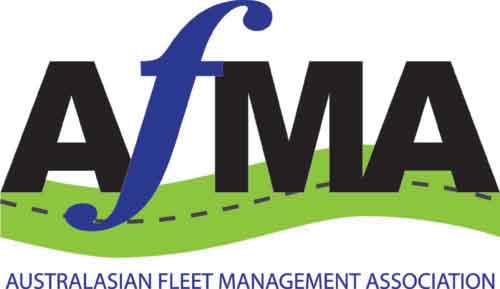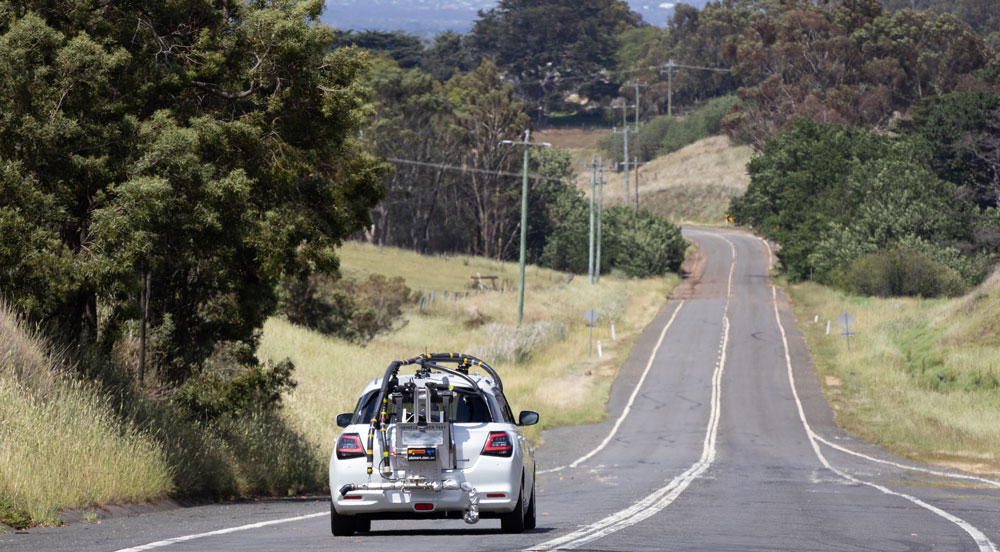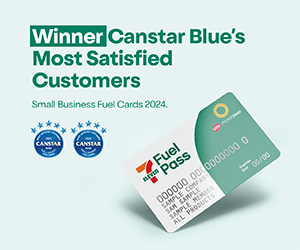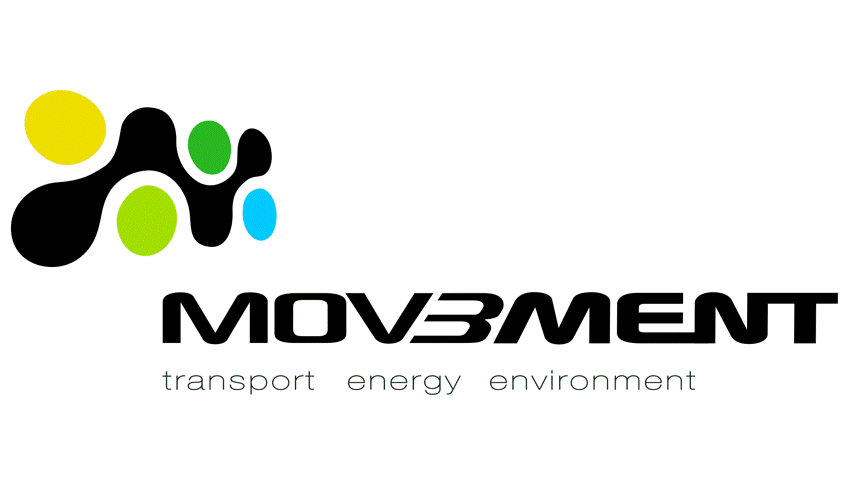New data from Australia’s Real-World Testing Program shows seven of the latest 14 vehicles tested used between 10 and 35% more fuel than advertised.
The Program has now released real-world fuel consumption and tailpipe emissions results for 84 popular cars, SUVs, utes, and people movers driven real Australian driving conditions. These results show more than half of the vehicles tested use at least 5 per cent more fuel in real driving conditions than in their mandatory lab test results, and five of these cars use more than 30 per cent more.
In the latest batch of 14 vehicles, the Mazda 2 had the largest fuel consumption discrepancy (35 per cent), followed by the Suzuki Swift Hybrid (31 per cent), the Mazda CX-5 (22 per cent) and the MG5 (21 per cent).
AfMA sees real-world testing as an important complement to the New Vehicle Efficiency Standard, which incentivises car makers to sell more low-emissions vehicles and came into effect in January this year.
“Real-world testing will make the NVES more robust and more effective,” AfMA Executive Director Mace Hartley said.
“Real-world testing will act as a complementary audit regime for the NVES that will help fleets select models that perform as advertised.”
The Program is intended to help Australian fleets and consumers reduce their fuel consumption and motoring costs and access better information on vehicle emissions. It was developed by the Australian Automobile Association and is funded by the Commonwealth Government.
It tests cars on roads in and around Geelong, Victoria, comparing real-world fuel consumption and emissions results with those from mandatory lab tests. Its strict protocols minimise the influence of human factors such as driving style and changing traffic flows. Before launching the Program, the AAA undertook 23 tests on its reference vehicle (a Toyota RAV4) with final test protocols delivering fuel consumption variability of less than 2.5 per cent.
If you want to take a deep dive into the current RWT results, AfMA offers a downloadable CSV file that lets you filter, sort, and analyse the data to find exactly what you need. While the AAA presents the results as a factsheet, this provides a more flexible and detailed way to explore the findings and it’s perfect for fleet managers, researchers, and anyone serious about real-world fuel performance. Check it out here.
For full results on all 84 vehicles tested so far, visit realworld.org.au.



















